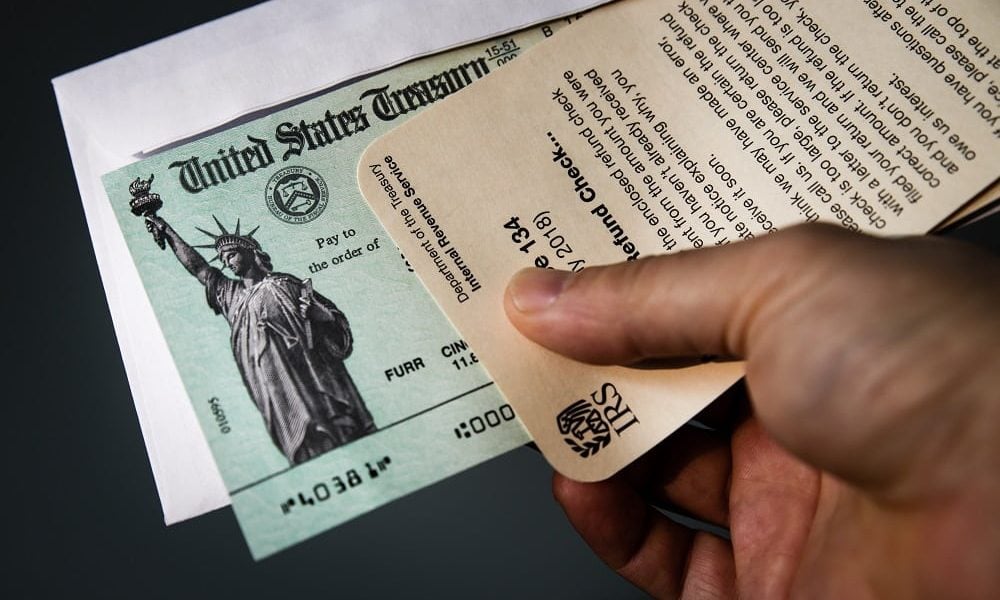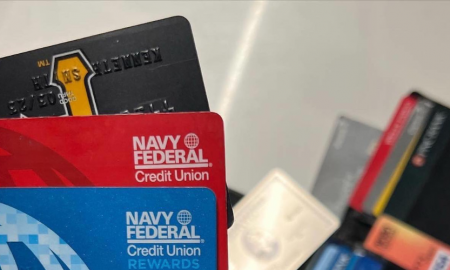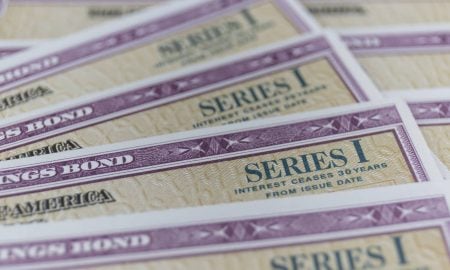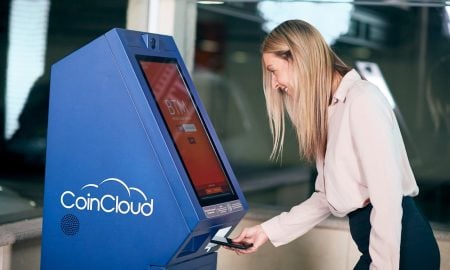
Here’s How Americans Are Spending their $1,200 Stimulus Checks

When the Great Recession wreaked havoc in the economy in the late 2000s, Americans received stimulus checks from the federal government to help spur the economy. Studies have revealed that a significant portion of that money they received from the 2008 stimulus program was mostly spent on cars.
In a previous study conducted by the American Economic Association, it was revealed that there was a 90% increase in spending on durable goods—most of which were related to automobiles. During that time, an individual was able to receive around $300 to $600, while couples received around $600 to $1,200. The stimulus program also provided $300 per child.
As the world is once again trying to survive a global crisis—one that’s affecting both the economy and public health, American lawmakers legislated the $2.2 trillion Coronavirus Aid, Relief, and Economic Security (CARES) Act in March. Through this new program, individuals earning less than $75,000 and couples earning less than $150,000 a year are allowed stimulus checks worth $1,200. There’s also an additional incentive of $500 per child.

Nicole Glass Photography/Shutterstock | Through the CARES Act, Americans can get $1,200 stimulus checks.
In a new study by a team of economists, it is revealed that Americans who received their $1,200 stimulus checks most likely used the funds for shelter and food. This contrasts with what a group of economists expected, given the amount of the 2020 stimulus checks.
These experts from Northwestern University, Columbia University, the University of Southern Denmark, and the University of Chicago expected that there would be a surge in spending on durables like electronics, appliances, automobile-related expenses, and home furnishings. Instead, people are catching up with bills and rent payments. Most of the other spending was on food, non-durables (such as laundry detergent and other items that have shorter life spans), and personal care.
An assessment of the spending and saving habits of more than 1,600 people who received their stimulus checks on April 21 reveals that there was an increase of $50 to $75 in food and non-durable goods spending during the first three days of cashing in the check. During that same period, Americans are also spending $20 more on durable goods like cars, furniture, and appliances.
Within 10 days after the receipt of the stimulus checks, households have already spent around a quarter or a third of the funds. This trend is more evident in those who had less than $500 in their bank accounts. In just 10 days, they have likely gone through almost half of the money. Meanwhile, those with accounts that had over $3,000 didn’t make extra spendings after receiving their check.

WAYHOME studio/Shutterstock | Funds from 2020 stimulus checks are allocated more on food and bills.
According to Professor R. A. Farrokhnia of the Columbia Business School, it’s still too early to determine the effects of these stimulus checks on households and the economy. However, he says that it’s already evident that today’s consumer behavior is different from that in 2008.
Researchers are not surprised that there was less money spent on durable goods compared to rent, food, bills, and other nondurables. With the nature of the COVID-19 pandemic, they may not want to have a stranger come into their house just to install a new entertainment system. Also, people may not be too keen on buying a new car right now with stay-at-home orders in place.
Another reason that might explain the spending habits is the fact that consumer spending is quite limited nowadays with the shuttering of non-essential businesses. Only restaurants and other essential businesses like supermarkets are permitted to stay open. Farrokhnia also notes that food delivery spending has notably increased after the release of stimulus checks.

FamVeld/Shutterstock | Americans are spending more on food and nondurables.
Farrokhnia says that household spending started to trail off after ten days, and this might be because people are holding on to what’s left of the money for future needs. However, he wonders if the $1,200 checks are sufficient to drive consumer spending, which can spur economic recovery.
The research released by the National Bureau of Economic Research in mid-May offers another perspective at how the COVID-19 outbreak has suddenly left many American families—especially those with lower incomes—in a financial stumble.
More in Business
-
Ashton Kutcher’s Lucrative Business Ventures
Ashton Kutcher, a name that resonates with the silver screen’s allure, has emerged as a master of diverse talents, not confined...
December 8, 2023 -
Why American Consumers Are Falling Behind on COVID-Era Debt
When the world was grappling with the health crisis brought on by COVID-19, the U.S. economy faced an equally formidable challenge:...
November 27, 2023 -
Dr Dre and Ex-Wife Nicole Young Finalise $100m Divorce Settlement
After months of legal proceedings, Dr Dre, the legendary rapper, producer, and businessman, officially brought his tumultuous divorce from ex-wife Nicole...
November 22, 2023 -
5 Tell-Tale Signs That It Is Time to Say Goodbye to Your Current Job
Are you feeling like your job is more like a ball and chain than a fulfilling career? The daily grind, the...
November 19, 2023 -
WWE Signs $1.4 Billion Broadcasting Contract for SmackDown
In an explosive turn of events, World Wrestling Entertainment (WWE) has just unleashed some earth-shattering news for its legions of fans....
November 9, 2023 -
Navigating the Mortgage Maze as Interest Rates Take a Historic Leap
The U.S. housing market is nothing short of a dynamic entity. It evolves, reacts, and sometimes, just like the current real-estate...
November 3, 2023 -
Celebrity Couples Where the Woman Has a Higher Net Worth
In a world where gender roles and financial dynamics constantly shift, it’s not unusual to find celebrity couples where the woman...
October 27, 2023 -
Why the Gender Pay Gap Could Be Worsening
Picture this: Two college students, Alex and Charlie. Both are bright, have the same interests, and are ready to embrace the...
October 19, 2023 -
JC Penney’s Remarkable $1 Billion Revival Plan
In a remarkable turnaround, JC Penney unveiled a bold $1 billion revival plan, breathing new life into a brand that faced...
October 12, 2023















You must be logged in to post a comment Login